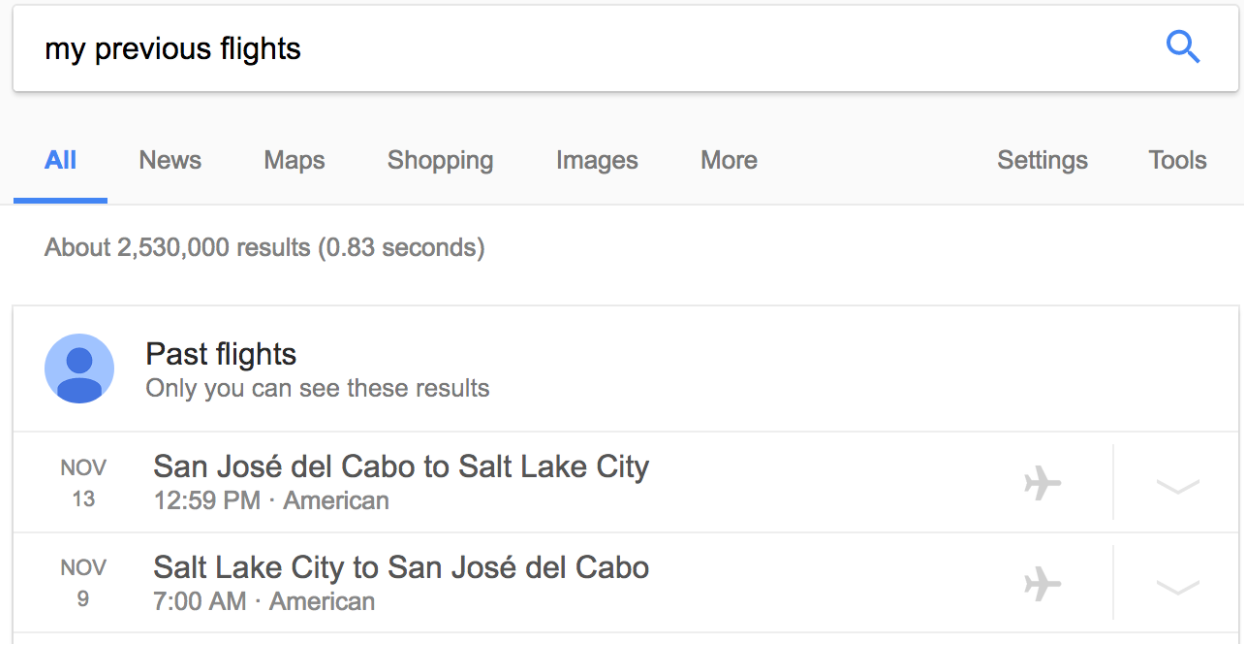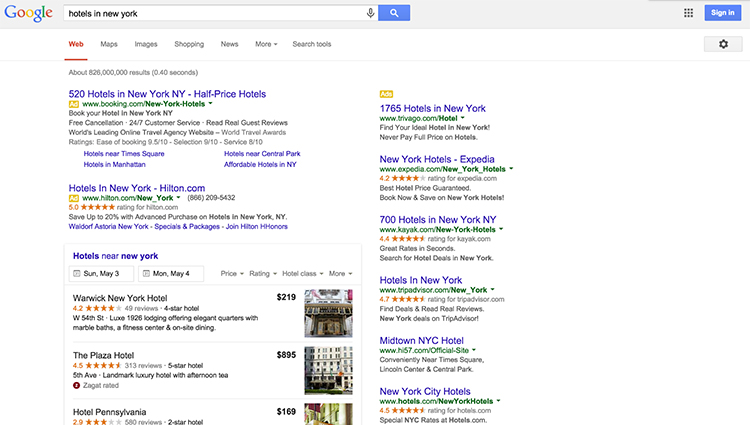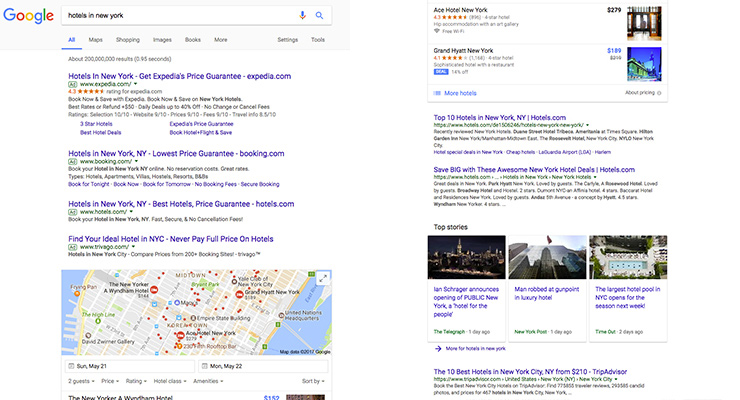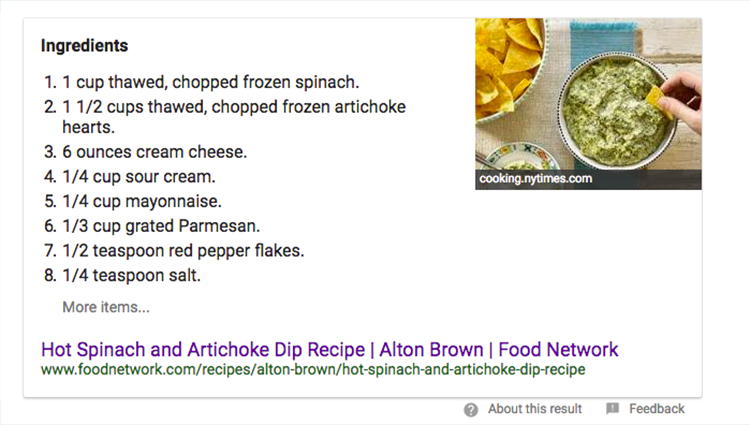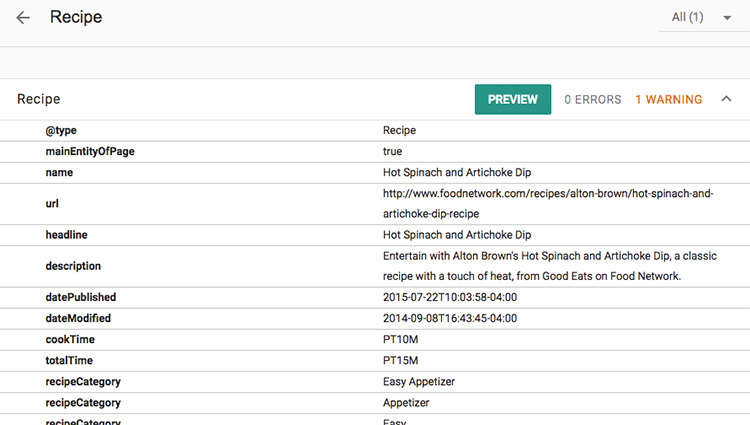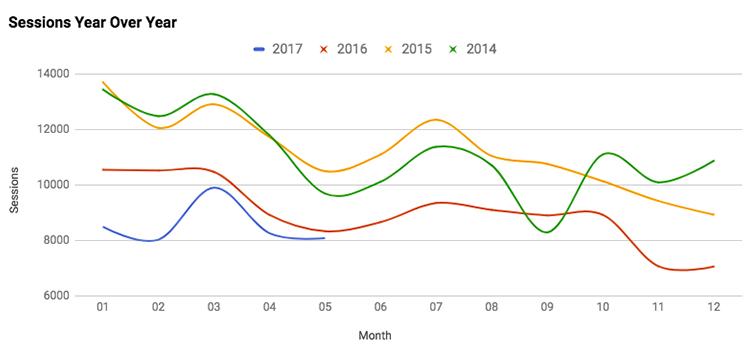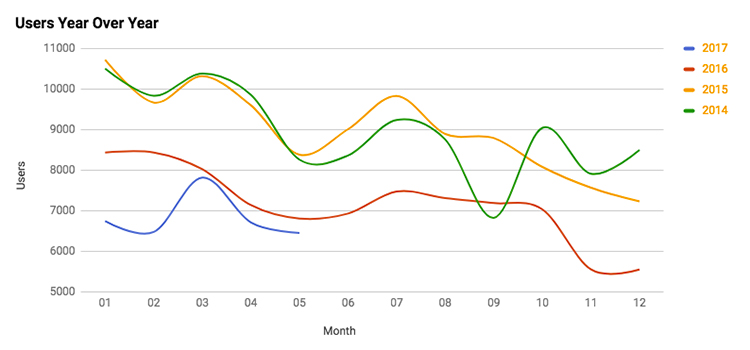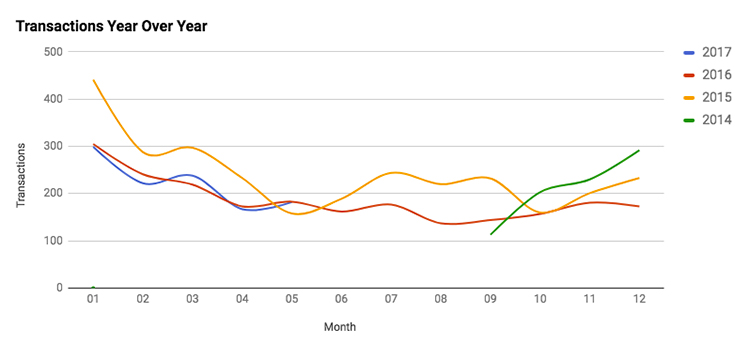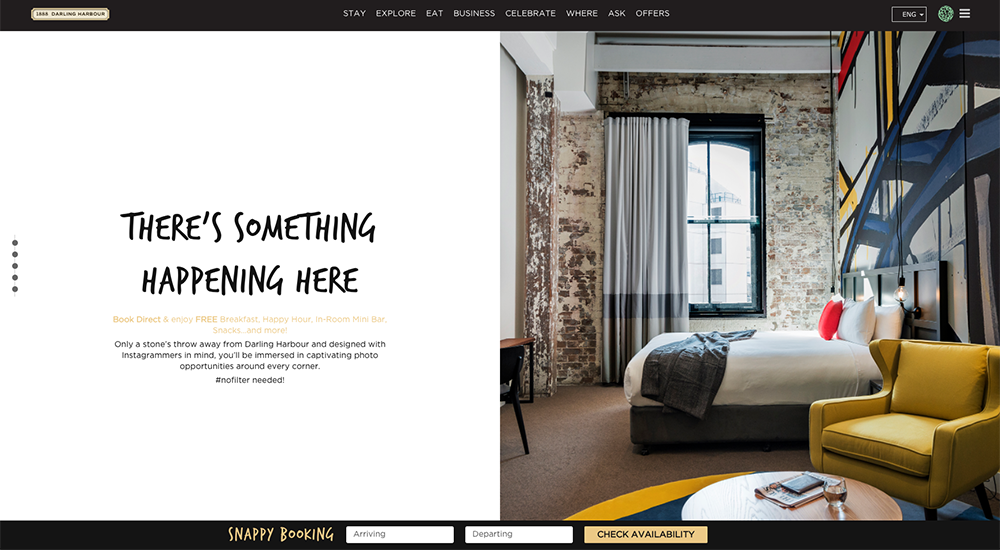What is Structured Data? A Guide for Hotels
Definition of Structured Data
"refers to information with a high degree of organization, such that inclusion in a relational database is seamless and readily searchable by simple, straightforward search engine algorithms or other search operations."
But what exactly does that mean and how does it apply to hotels? In order to best describe Structured Data, it is probably easiest to start with examples.
Structured Data Examples
If we do a Google Search for "spinach and artichoke dip", the first thing on the result page is a list of ingredients and instructions on how to make it:

That formatted list of ingredients and instructions is a pretty straightforward example, but what about more complex, personal details to your gmail account? If you do a Google Search for "my previous flights" - so long as you have flight info in an @gmail.com account and you are logged in, you should see every flight and details that are in your gmail account displayed in the search result page for Google:
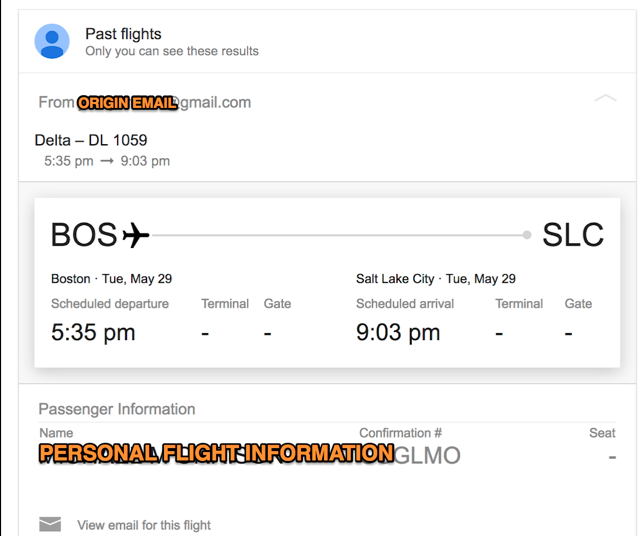
We can also click into those details and see specific information about the flight that is listed:

We can see the same information on hotels if we do a "my previous hotels" search in Google:

The question then becomes, how does Google take recipe information from a website or flight and hotel data from your gmail account and display those details in a clean table in the search results? The answer is that the data is organized in a way that inclusion in a relational database is seamless. In other words, it is Structured Data.
We can markup data on a hotel's website in a similar fashion so that necessary elements for a hotel are present so that inclusion in relational database is seamless. An example of how this is done can be seen on this page here.
On the right side of that page, we can see that there are different types of data marked up. Website, Hotel, Hotel Room, and Organization. We can click into each of those sections and Google will display all of the data that is marked up for us to view:

However, this is how it looks within the code of your website:

What is important to note here is that the Structured Data markup is not actually meant for the audience of your website, it is meant for bots and spiders that crawl the internet to aggregate information for users in other platforms (Google, Bing, TripAdvisor, Yelp, etc.)
How Does Structured Data Impact Organic Performance
While Google has said that Structured Data is not a ranking factor, they have stated that it helps the engine better understand the content on your pages and there is evidence that it helps provide additional information to the end user, which can increase CTR. CTR is correlated with higher rankings in search engines and a higher CTR can help move rankings up in Organic Results, which would lead to a higher CTR, higher rankings, and so on.
Our goal here is to create a positive feedback loop that starts by providing more information to the end user and contributes to higher rankings with higher CTRs.
Get Ahead of Competition
From the limited tests that we have run, we see that the vast majority of hotels are not currently utilizing Structured Data. As Google has confirmed benefits of having it on a website, this is a great opportunity to get in front of competitors.
Impact Positive Performance On Your Site
So far, clients that have implemented structured data have seen some positive improvements to organic search traffic and we encourage our clients to implement Structured Data for improved website performance.
Contact GCommerce today for more information on implementing structured data to your hotel’s website.

